

Spoiler warning: This article contains spoilers for the movie “The Zone of Interest.”
About a decade ago, Michael Haneke, a renowned German auteur filmmaker known for world cinema classics such as “Caché,” “Funny Games” and “The Piano Teacher,” spoke about his criticism of Steven Spielberg’s Academy Award-sweeping “Schindler’s List” at a Hollywood Reporter roundtable. Haneke was extremely critical of Spielberg’s film, describing his distaste for Spielberg’s attempts to draw entertainment from the horrors of the Holocaust. He further lambasted the infamous scene in which suspense is created from showers that will either dispense toxic gas or water, calling the sequence “unspeakable.”
The Holocaust has been one of the most difficult topics to discuss in film. No matter how you portray the suffering of millions of innocent people, it is impossible for it to not feel, on some level, inadequate. The horrors you see reenacted on the screen in front of you by actors can never compare to those suffered by real people.
Jonathan Glazer’s “The Zone of Interest” completely side-steps this phenomenon by refusing to show the atrocities inflicted on innocent Jewish people, instead focusing the film’s central narrative on the family of Rudolf Höss, the real-life commandant of Auschwitz who lived with his family mere yards away from the death camp he helped operate. “The Zone of Interest” is only Glazer’s fourth feature, yet it is his second masterpiece. It laboriously begets emotions rarely attempted in these millennia, refusing to visualize what you know to be true, forcing the audience to grapple with the modern ramifications of its subject matter.
At the precipice of “The Zone of Interest”’s greatness is its filmmaking and cinematography. Glazer exemplifies the unconventional form of the film by placing hidden cameras around the Höss residence, allowing the central performances by Christian Friedel as Höss and Sandra Huller, hot on the heels of her fantastic performance in last year’s “Anatomy of a Fall,” as his wife Hedwig Höss. The placements of the camera allow for increased experimentation in performance, opting for what Glazer calls “‘Big Brother’ in a Nazi house” in place of conventional filmmaking. Cinematographer Lukasz Zal takes the surveillance-adjacent angles and Glazer’s fabulous compositions to accentuate a dreamlike texture, where light colors and bright foliage attempt to drown out the smokestacks of death and flame in the background.
The visual language appears to take cues from transcendentalist film, a term coined by seminal screenwriter, director and film critic Paul Schrader, in which a film “expresses a spiritual state by means of austere camerawork, acting devoid of self-consciousness and editing that avoids editorial comment.” The camerawork is nearly entirely static, lulling the viewer in a sense of familiarity with its locations and terror of what lies underneath them. It rejects the common practice of luring the viewer’s eye to points of focus and instead demands that the viewer assign their focal points, giving the audience agency to draw conclusions and make discoveries on their terms.
This is only the film’s second strongest aspect; the real power of “The Zone of Interest” is bolstered by a hellish, all-encompassingly horrifying soundscape. Nearly every outdoor scene is scored not by music, which does make a few select, still unnerving appearances, but by a haze of gunshots, mechanical ambiance, marching, fire and stomach-churning cries of suffering. Even in scenes where this soundscape is absent, its power is still felt and still completely absorbs your senses and refuses to go away regardless of its presence. A later scene where Höss attends a social gathering is instead populated by idle chatting and miscellaneous party sounds, but the deliberately messy mixing of these sounds continues to evoke the unforgettable terror of the reverberations of the concentration camp.
When combined, these aspects turn Jonathan Glazer’s “The Zone of Interest” into an unquestionable masterpiece. Despite being completely unconcerned with convention, character, narrative structure or entertainment, it builds a wholly unique experience that will never leave the audience and continually demands their attention. It functions as an exercise in the formal limitations of the medium of film and ways around its shortcomings.
The deliberate obliqueness of “The Zone of Interest” will no doubt stir rabid debate about its intentions; some discourse has already risen to the surface in the wake of its several Academy Award nominations. Why does “The Zone of Interest” refuse to show the human suffering inflicted by Nazis during the Holocaust? Is its omission expressing the idea that the Holocaust should be left in the past? Does the film expect us to sympathize, or even empathize, with its core Nazi characters? What on Earth does any of it mean?
While on some levels, its exclusion of any real violence does come across as frustrating in concept, the film is willing to show you something bone-chillingly terrifying. One scene portrays the Höss family cluelessly enjoying themselves in a river before human remains begin to quietly flow downstream. Another shows a member of the family seeing a pillar of fire bellowing from an Auschwitz chimney, then shutting the window after they can no longer tolerate the smell of human beings being burned. The film does not intend to omit the horrors of the Holocaust; rather, it uses a disconnected approach to its expression to avoid the pitfalls of exploitation.
The film calls into question not just the ability of film as a medium but also the ethics of portraying one of the worst atrocities ever committed. Is it even possible to show these things ethically? The nature of film’s existence is about entertainment; how can you create entertainment from the Holocaust? While Glazer does not claim to have an answer to that question, “The Zone of Interest” attempts to illustrate the worst chapter in human history in an original, thoroughly shattering way.
“The Zone of Interest” fully reveals its formal genius in the film’s final moments. Our supposed main character, Ruben Höss, who has lasted the entire 106-minute runtime without expressing a single redeeming characteristic or any genuine humanity, descends a staircase. With every few steps, he begins to heave. Eventually, he makes it to the floor and recovers. He is photographed standing in front of the camera, just off the stairway, behind him a long, pitch-black hallway. He spends a few moments standing in silence before he looks towards the camera.
The film then abruptly changes scenes. The following minutes show the present-day routine of a team of janitors cleaning the real-life Auschwitz-Birkenau State Museum. The film shows real images of burnt clothing, shoes and luggage, cleaned by the desensitized janitors who see these things daily. Suddenly, the film’s subject and the ghastly sights and sounds of the past hour and forty minutes seem so tangible, so close. What was once a surveilled look into the banality of the Third Reich’s devilishness has become more of a reflection of the modern age. The now-discounted suffering of that time has dulled the rust that covers the walls of Auschwitz. Before the audience can catch their breath, we cut back to Höss, who stares at the camera. A gaze that slices through time.






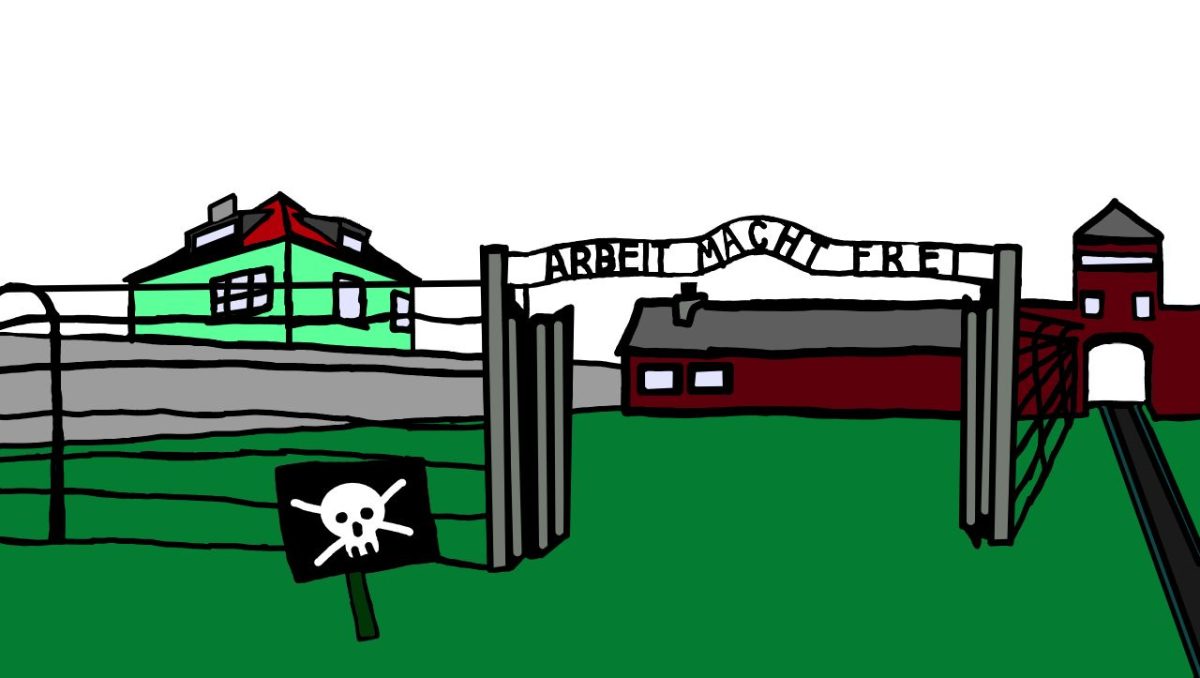
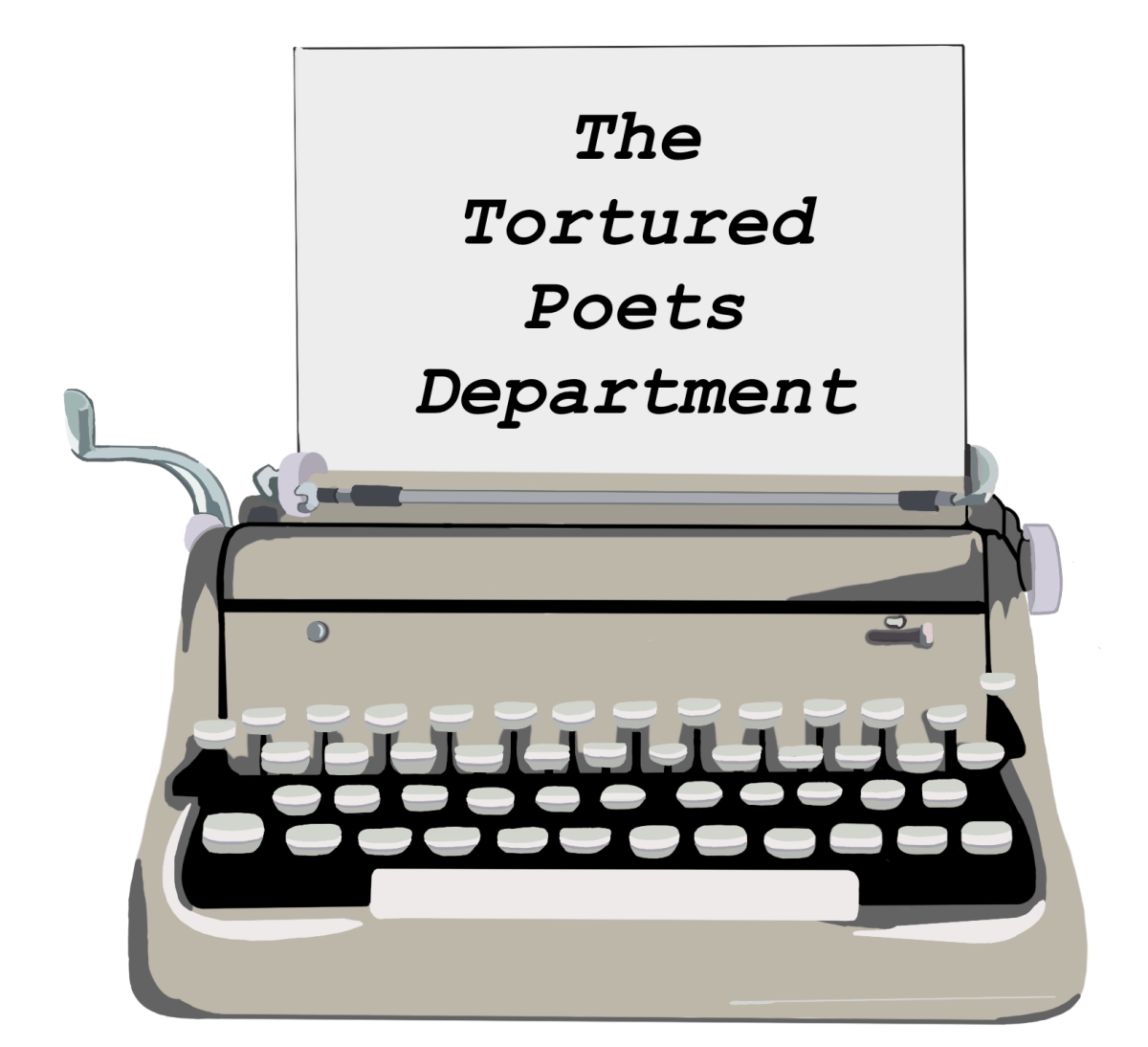
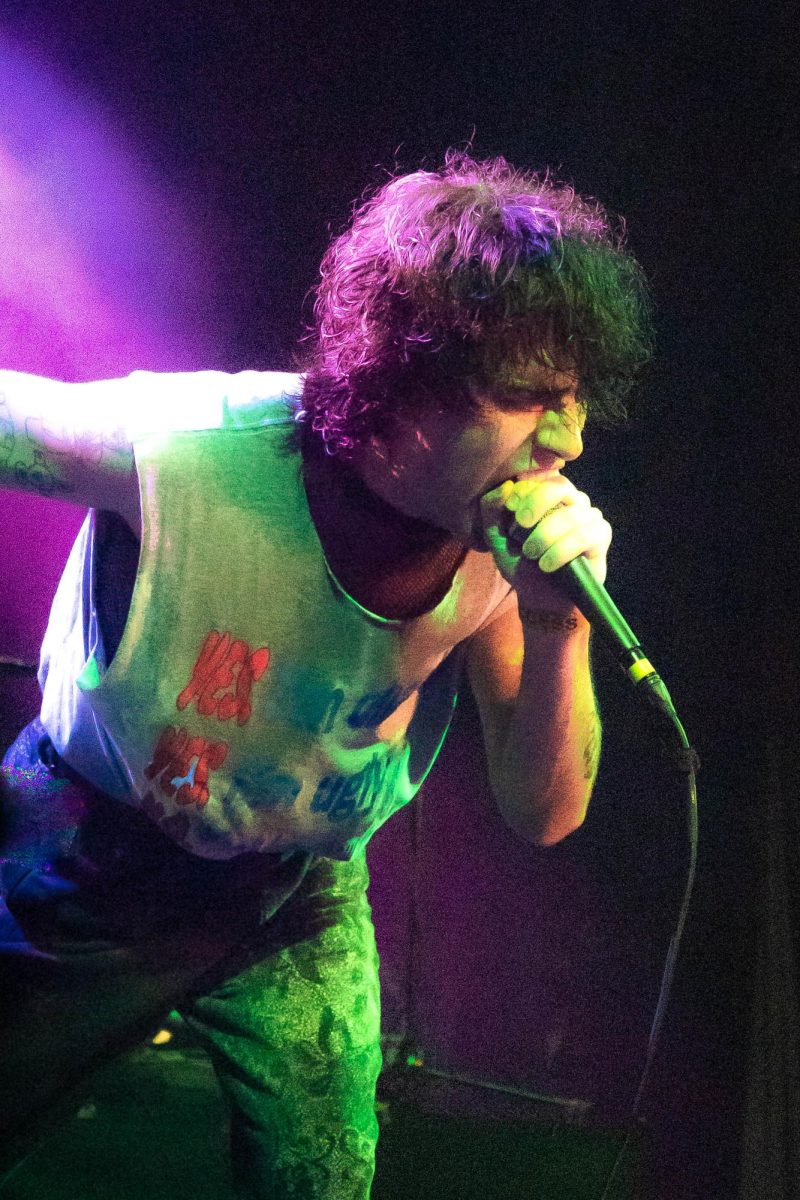


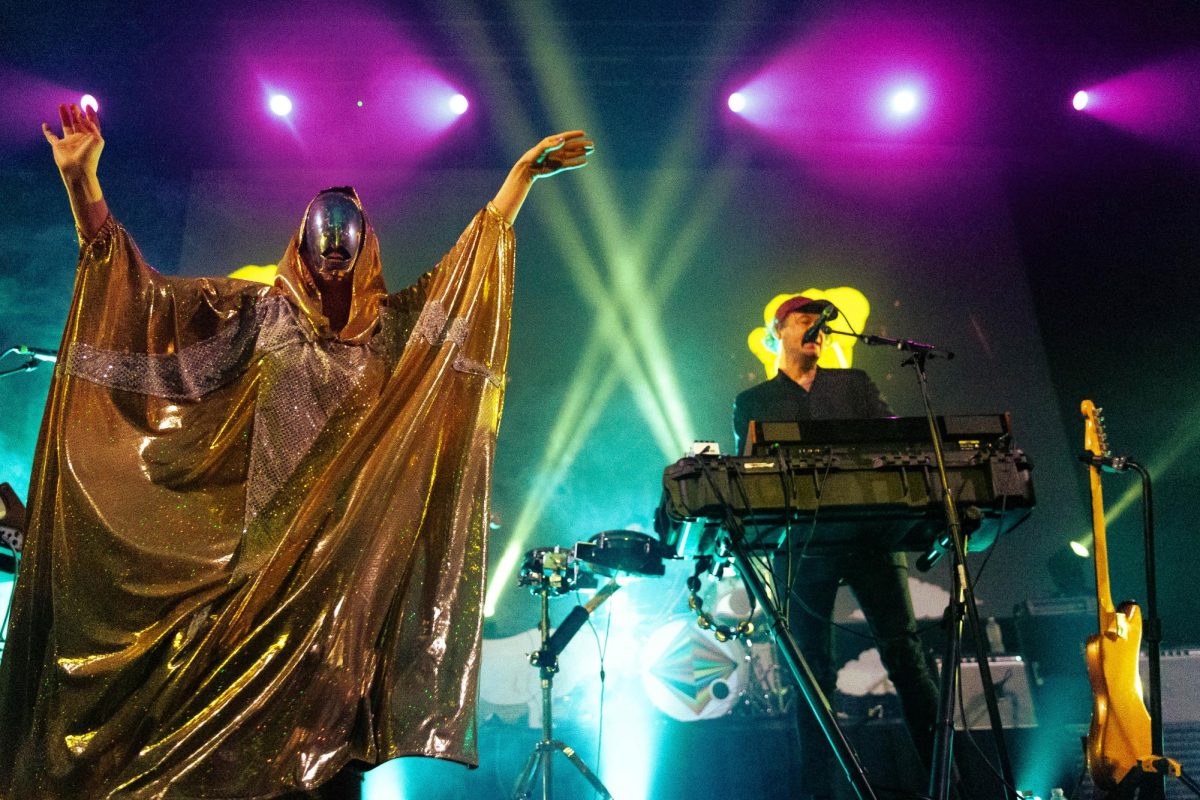
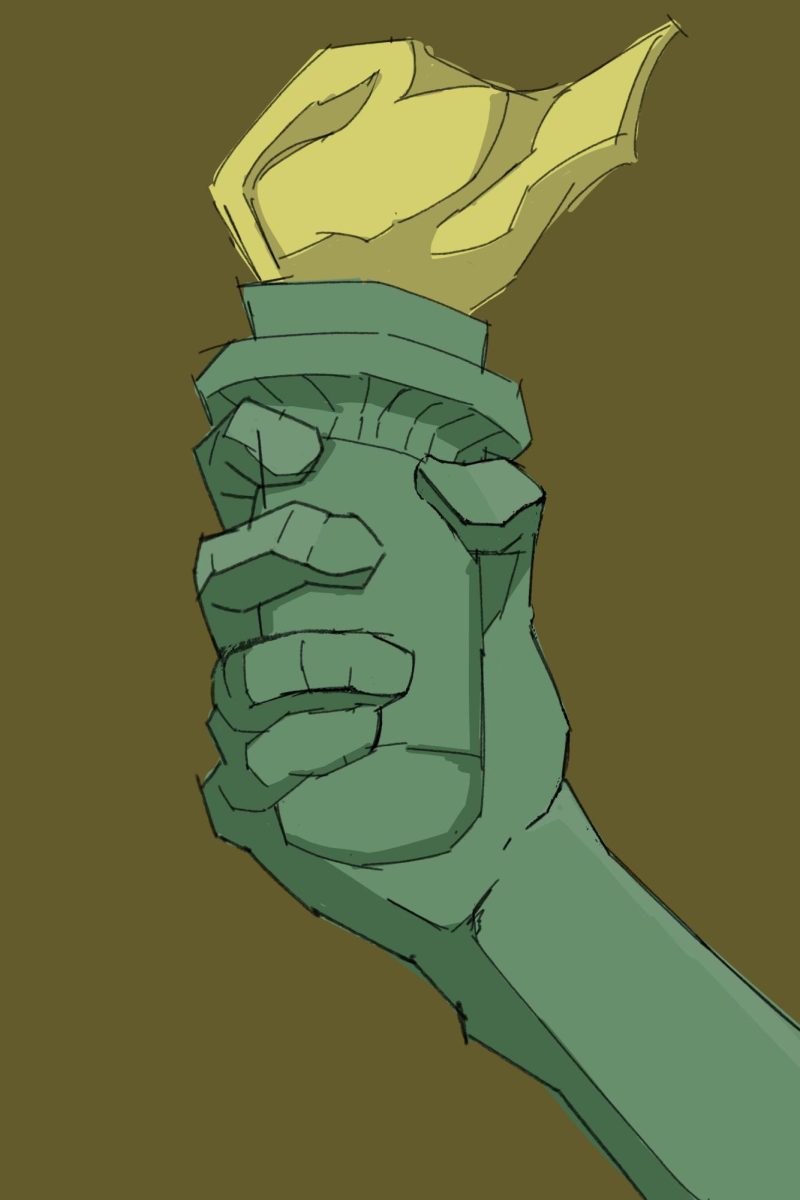
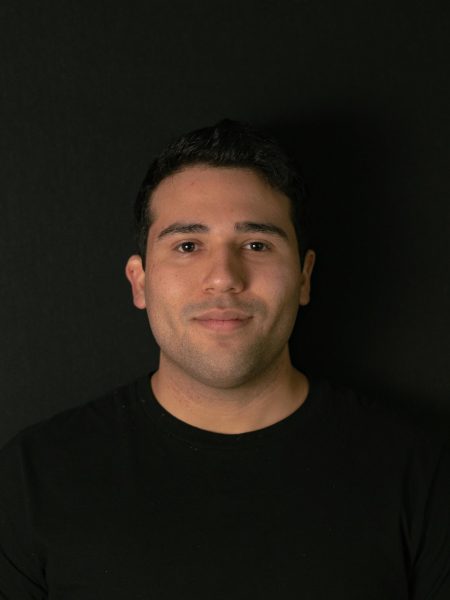
Mason Hickok • Feb 13, 2024 at 4:43 pm
A lovely review from Ray. Even more points for the mention of Schrader’s take on transcendental style; I highly recommend his book on the topic.
The film’s commitment to the audience is commendable.
Well done!
Malaki Lingg • Feb 13, 2024 at 5:11 pm
Thank you for your comment Mason!